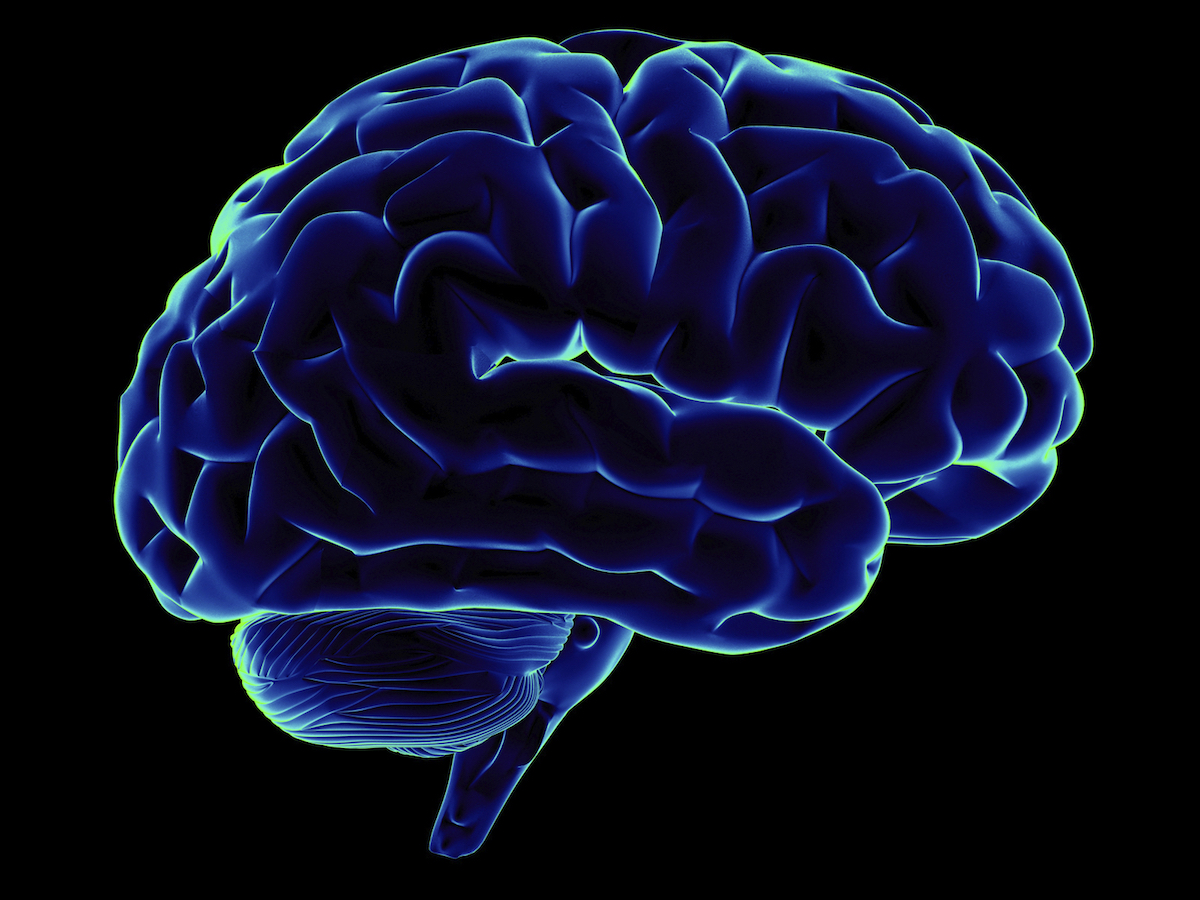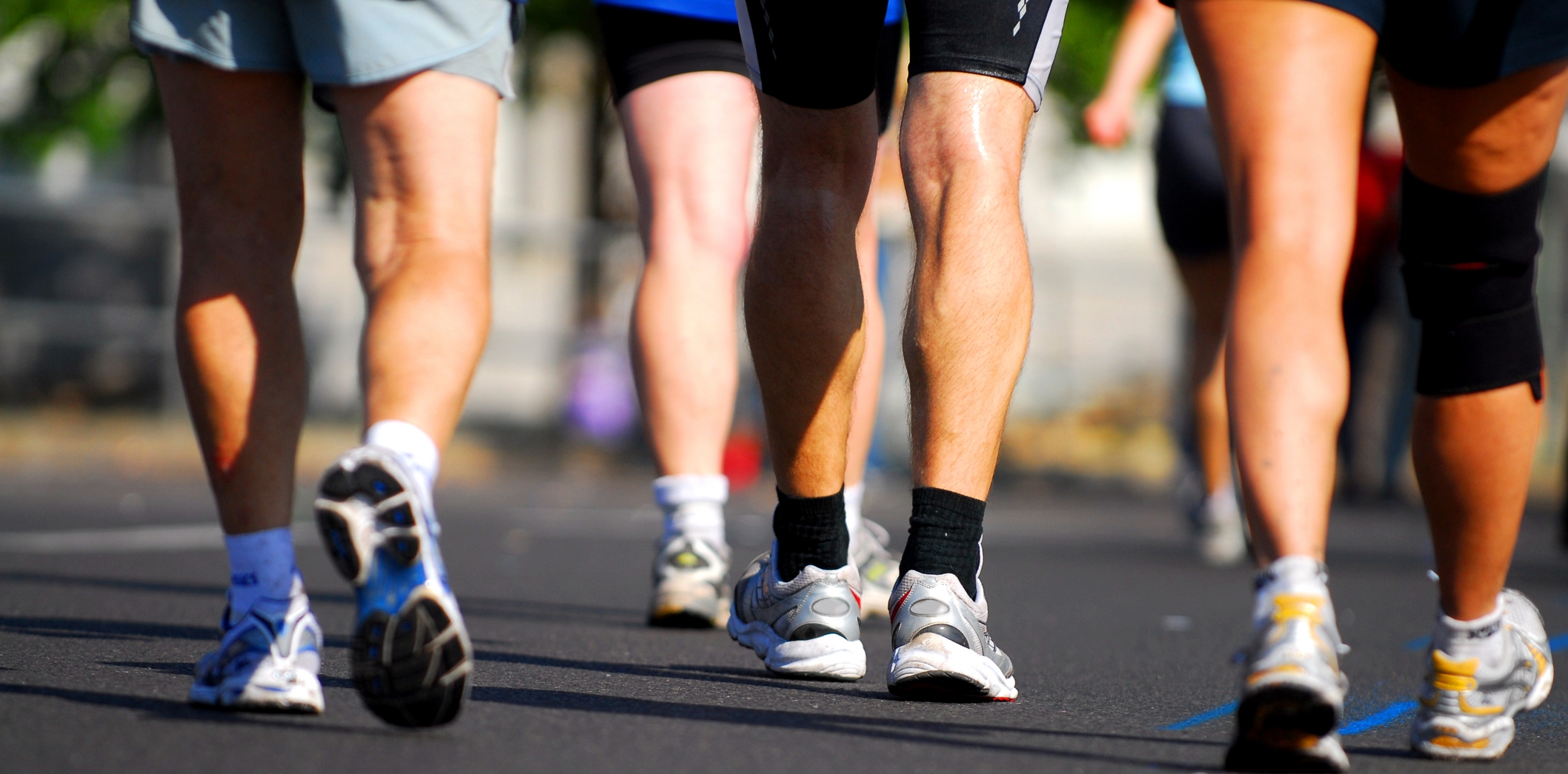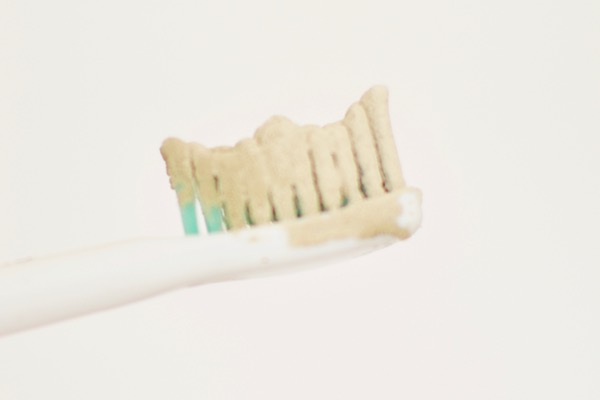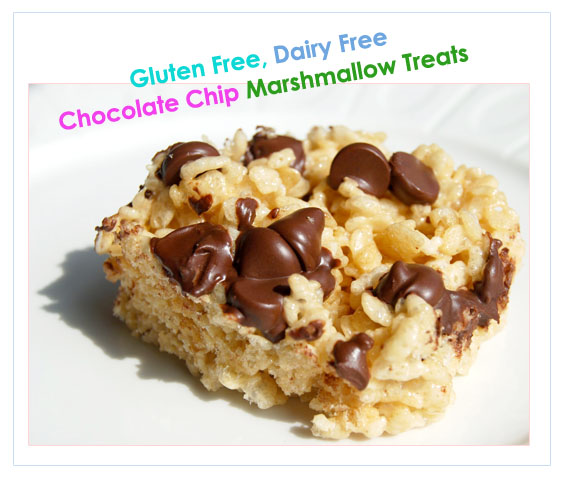Brain banks are a real thing, and they’re not just science fiction!
The human brain is a truly marvelous creation. There is so much about the brain that we don’t yet understand. Though science has discovered a lot about how the brain works, there is so much left to discover. Thanks to brain banks, this is a very real possibility.
Brain banks are exactly what they sound like: a place for brains to be stored. However, unlike what you see in science fiction movies and TV shows, the brains aren’t intended to be resuscitated or revived in some distant future when technology advances. Instead, the brains are used for the purpose of neurological research. Brain banks collect human brains (after the host is dead, of course… isn’t that the weirdest sentence ever?) that can be used to study the human central nervous system. They can also be used to examine the differences between normal and abnormal brains, healthy and unhealthy brains, and so on. The brains are used by researchers who are conducting research into all things brain-related.
Why is this happening? Well, as mentioned above, there is so much about our brains that science has yet to understand. We really only grasp a small fraction of what the human brain is capable of. In order to increase our understanding of what goes on in the human mind and brain, we have to have samples to study. With the brains stored in brain banks, scientists are able to conduct all sorts of studies into brain function.
Not only has this helped humankind to understand more about the human brain and its functions, but it has also provided insight into some of the most serious neurodegenerative diseases, including Parkinson’s and Alzheimer’s.

READ MORE: 20 ways to naturally increase brain power
This could not come at a better time! It’s estimated that Alzheimer’s is the 6th leading cause of death in the United States, and 5.4 million Americans are currently diagnosed with the disorder. It’s estimated that by 2050, more than 16 million people in the U.S. alone will suffer from the disorder.
Parkinson’s is another serious disorder, one that currently affects roughly 1 million Americans. There are roughly 60,000 new cases of Parkinson’s diagnosed every year. According to the WHO, 80% of the highest disability disorders are neurological in nature. That means 80% of the people suffering from disability are doing so because of faulty wiring in their brain.
But now, thanks to brain banks, doctors are able to conduct research into the human brain, central nervous system, and neurological functions. The brains in the brain banks can be dissected at will, providing viable tissue for researchers to study. This makes it easier for neuroscientists to ask and answer the most important questions regarding brain health and function.
And yet, there are very few brain banks in the country. No more than 20 to 30 brain banks operate at any given time in the U.S., meaning there is a short supply of viable brains to study. Not only that, but the primary source of new brains (clinical autopsy) is coming up short. Not enough brains are being donated to the brain banks for the purpose of science.
Without these brains to study, science will not be able to make the strides of progress into understanding the human brain and its capabilities. We may be unable to develop new cures and treatments for neurological disorders if we do not have brains to study. Hopefully, there is a solution that will enable these brain banks to continue to receive a steady supply of brains. If not, the future of neuroscience is bleak, indeed.








